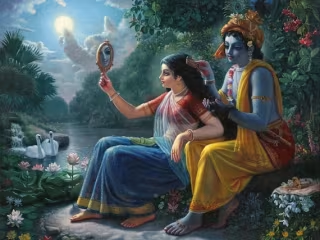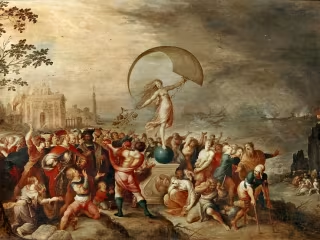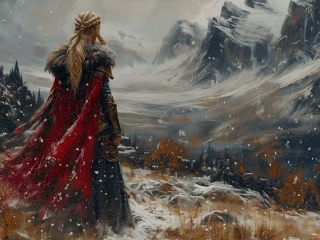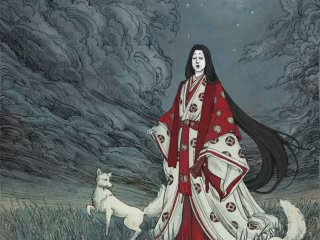Eos: The Goddess of Dawn
0
Ghostwriter
Blog Writer
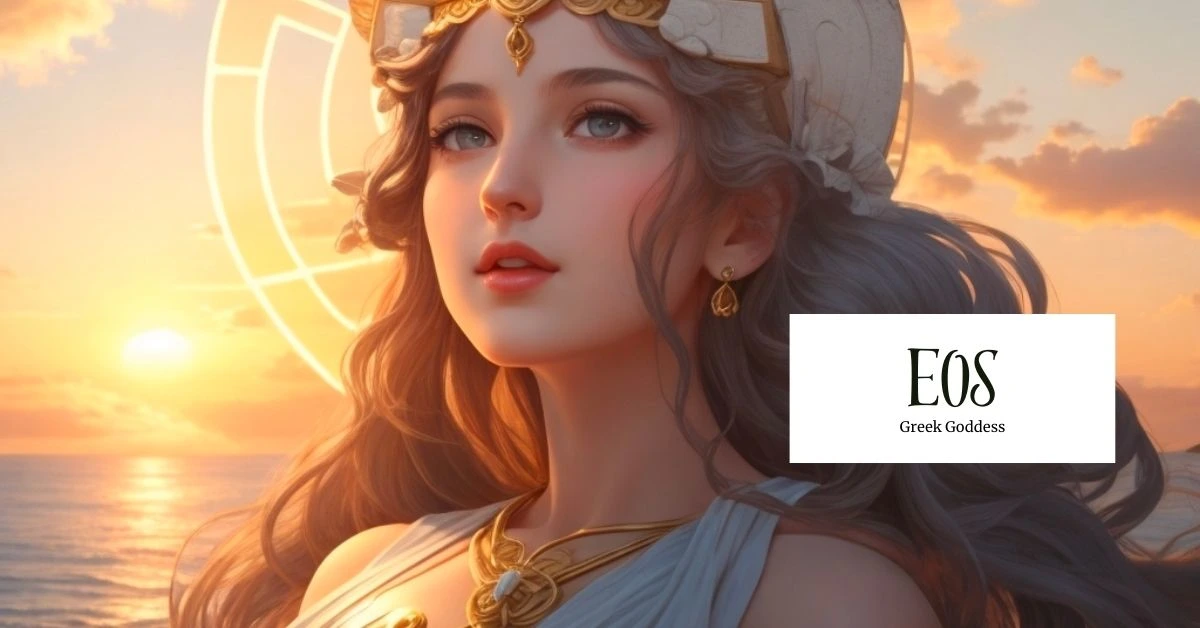
In Greek mythology, the figure of Eos shines as a luminous embodiment of the ethereal realm of dawn. As the Goddess of Dawn, Eos holds a special place in the pantheon, encapsulating the transition from night to day and ushering in the radiant glow that heralds the new morning. Eos stands as a symbol of the celestial and earthly spheres, representing the awe-inspiring power of the natural world and the mysteries that lie beyond our understanding. Her mythic presence continues to inspire awe and wonder in those who delve into the ancient stories of the gods and goddesses of Greece.
Overview of Eos
The name “Eos” can be traced back to the Mycenaean period, approximately between 1600-1100 BCE, wherein it was used to signify “dawn” in ancient Greek. As the offspring of Hyperion, the Titan of light, and Theia, the goddess of sight, Eos holds a crucial role in the divine order of the cosmos (“Eos”). As the sun rises, Eos emerges to announce its arrival every morning, painting the heavens with rosy-fingered light. Radiant and captivating, she embodies the very essence of dawn, capturing the delicate moments of early morning through tender strokes of light, symbolizing the transition from night to day. Eos’s presence elegantly intertwines both the celestial and earthly realms, making her an essential and captivating figure in the tapestry of mythological narratives.
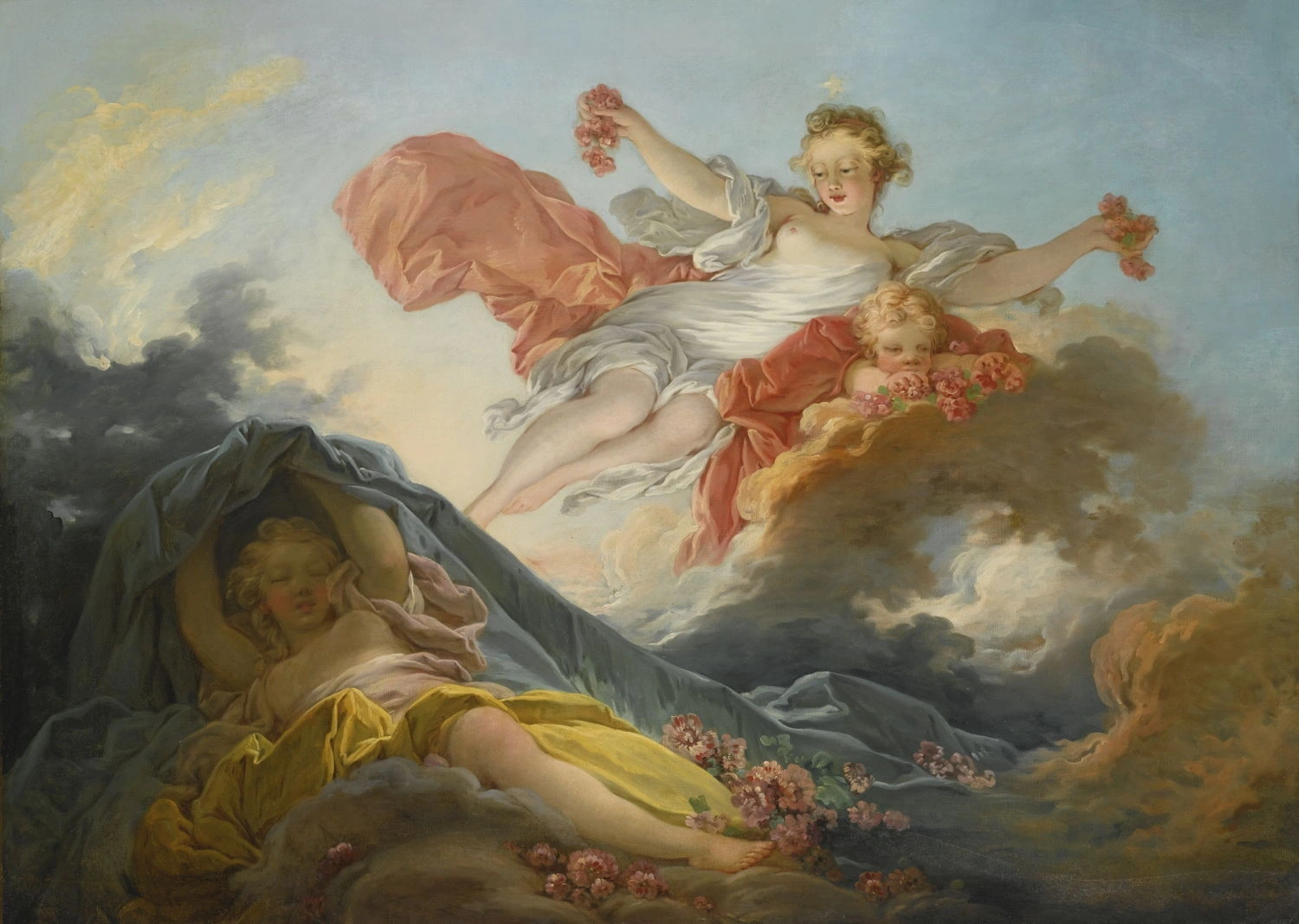
Source: The Eclectic Light Company
Titles
Queen of the Heavens
Rosy-Fingered Dawn
Sky Goddess
Abilities
Eos is characterized by a captivating allure that is enriched by a multitude of remarkable abilities. Amongst these gifts is her noteworthy capacity to awaken the world with the radiant force of her presence (“Eos”), which stands out as the most awe-inspiring. As her rosy fingers gently unfurl across the horizon, the enshrouding cloak of night gives way to the luminous brilliance of dawn. This exquisite transition orchestrated by Eos infuses the world with a renewed vitality emblematic of her life-affirming energy. Eos’s remarkable capacity to renew and refresh the earth is a profound testament to her life-giving energy, vividly representing the cyclical nature of beginnings (“Eos, Greek Goddess of the Dawn”). In this way, she becomes a harbinger of renewal and a beacon of optimism, capturing the essence of the human desire for fresh beginnings.
Characteristics
The goddess Eos is renowned for her striking physical appearance, which befits her role as the bringer of light: her radiance and resplendence symbolize dawn itself (Wikipedia Contributors). In works of art, Eos is often depicted as a youthful winged woman, walking briskly with youth in her arms or rising from the sea in a chariot drawn by winged horses. As the goddess who dispenses the dew of the morning, she is sometimes portrayed with a pitcher in each hand. Eos’s gracefulness mirrors the gentle dance of morning, an ethereal ballet that unfurls with each new day. Her luminous visage is a testament to her dual nature, which embodies the balance between darkness and light – powerful yet gentle, fierce yet delicate (“Eos”).

Source: Greek Legends and Myths
Traits
The deity Eos is highly revered for her symbolic representation of dawn, which encompasses a delicate equilibrium of ardor and benevolence, thereby defining her divine essence (Miate). Her genuine ardency for each new day is seamlessly interwoven into her empathetic nature, extending to the world she roused from slumber (“Eos”). The compassionate spirit of Eos is exemplified in her remarkable ability to infuse the realm with hope and renewal, a sentiment that resonates deeply with her affinity for the dawn’s life-giving energy (“Eos, Greek Goddess of the Dawn”). The optimism and kindness that radiate from Eos’s being are palpable, symbolizing the anticipation and sense of renewal accompanying the beginning of a fresh day. Overall, Eos’s attributes perfectly embody the hope and renewal that every dawn brings.
Symbols
The various symbolic elements encapsulating Eos’s essence transcend the tangible realm. One such element is the tender touch of dawn’s rosy fingers, which embodies her gentle caress and marks her arrival (Miate). This delicate gesture paints the sky with shades of pink and gold, becoming a tangible manifestation of Eos’s embrace, heralding the arrival of each new day.
Another symbol that epitomizes Eos’s celestial journey is her radiant golden chariot, a luminous vessel that carries her across the expanse of the sky (“Eos, Greek Goddess of the Dawn”). This symbol underscores her connection to the heavens and represents her pivotal role in transitioning from night to day. The morning star, preceding her appearance, stands as a beacon of her imminent arrival, casting a guiding light on her path (Miate). Intertwined with her persona, these symbols collectively convey her profound significance in weaving the daily tapestry of existence, emphasizing her vital role in the cyclical rhythms of life.
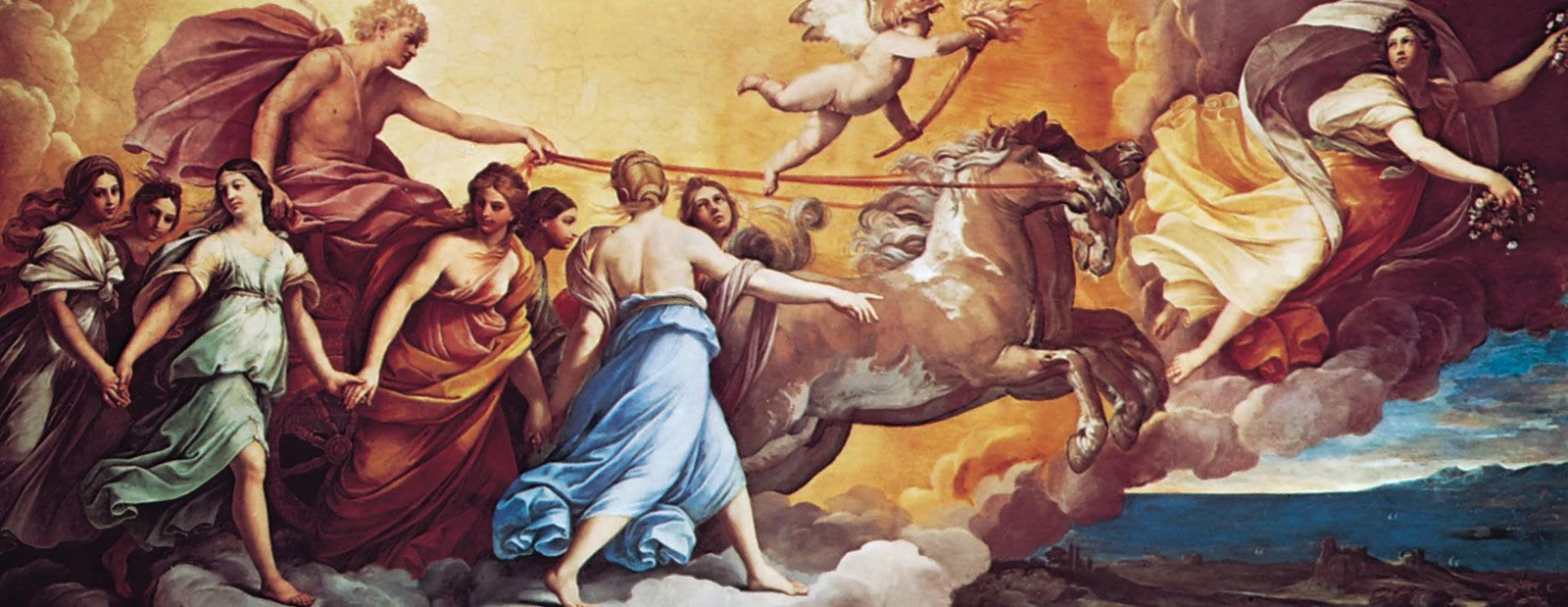
Source: Britannica
Festivals and Rituals
The annual “Aurora Rites” festival is the most prominent celebration of the goddess Aurora and her life-bestowing powers (“Eos, Greek Goddess of the Dawn”). These ceremonies are conducted at sunrise and serve as a tangible tribute to the goddess of dawn herself. The symphony of traditions woven into the “Aurora Rites” often includes fruits and flowers as tokens of gratitude for the gift of a new day (Wikipedia Contributors). This symbolic gesture is also a heartfelt plea for Eos’s blessings to shower upon life with abundance and vitality (“Eos”). Through these moments of devotion, humanity forges an intimate connection with the divine energy that Eos personifies and melds the celestial and the terrestrial in a harmonious union. As mortals participate in these sacred rituals, they dialogue with the radiant goddess, uniting their existence with her eternal cycle of renewal and hope.
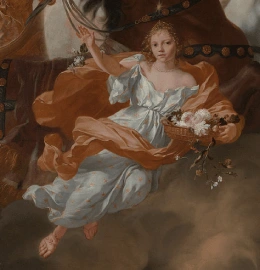
Source: The Aurora Zone
Legends associated with Eos
Eos has been a source of fascination and inspiration for countless generations. Her enigmatic character and profound significance have given rise to numerous captivating legends transcending temporal and cultural boundaries, capturing humanity’s enduring fascination with the celestial and the divine. As the embodiment of dawn’s gentle embrace, Eos’s aura continues to captivate the imaginations of people across the ages, breathing life into myths that persistently resonate with our collective consciousness.
Origin story
The genesis of Eos, the revered goddess of dawn, is deeply enmeshed within the genealogy of the Titans, the ancient and formidable beings who laid the very foundations of the cosmos. According to Greek mythology, Eos rises as the treasured offspring of two distinguished Titans: Hyperion, the divine embodiment of light, and Theia, the goddess associated with sight and clear vision. This exalted lineage endows Eos with a cosmic significance that is unparalleled, as she serves as a bridge that connects the earthly realm with the ethereal dimensions (Wikipedia Contributors). As the daughter of Hyperion and Theia, Eos inherits her father’s radiant qualities and her mother’s sagacity. Her birth marks a celestial moment of divine harmony, where light and vision intersect to create the luminous and beguiling goddess of dawn. The mythos of Eos is a testament to the grandeur of Greek mythology and the enduring legacy of the Titans.
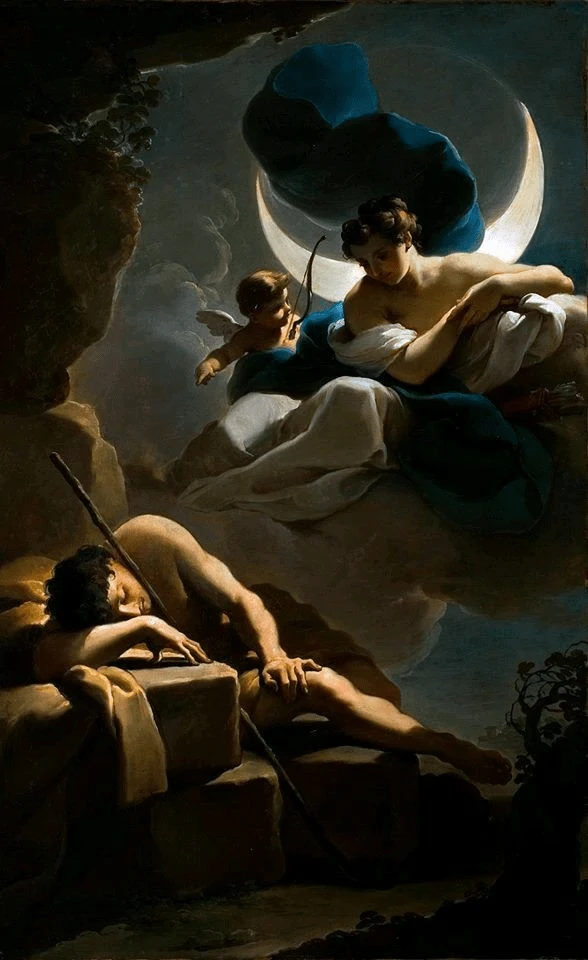
Source: Vpics
The Tragic Tale of Eos and Tithonus: A Story of Immortal Aging
The ancient myth of Eos and Tithonus is a captivating tale that delves into the intricate interplay between mortal desires, divine interventions, and the complexities of eternal life. Eos, the Greek Goddess of the Dawn, was captivated by the mortal prince Tithonus’s unparalleled beauty and spirit. Her infatuation with him led her to beg Zeus, the king of gods, for an extraordinary boon: the gift of eternal life for Tithonus (“Eos, Greek Goddess of the Dawn”). However, Eos’s passionate plea contained a subtle oversight: she forgot to request eternal youth for her beloved. This overlooked detail held profound consequences, as Zeus granted Eos’s wish by conferring Tithonus with the gift of immortality while neglecting to halt the aging process (“Eos, Greek Goddess of the Dawn”). As a result, Tithonus became an immortal figure trapped in an aging, decaying body, unable to escape the passage of time. This myth serves as a poignant reminder of the potential pitfalls that can arise from leaving requests incomplete and failing to exercise caution when pursuing one’s desires. It also highlights how love can obscure one’s ability to make sound judgments.
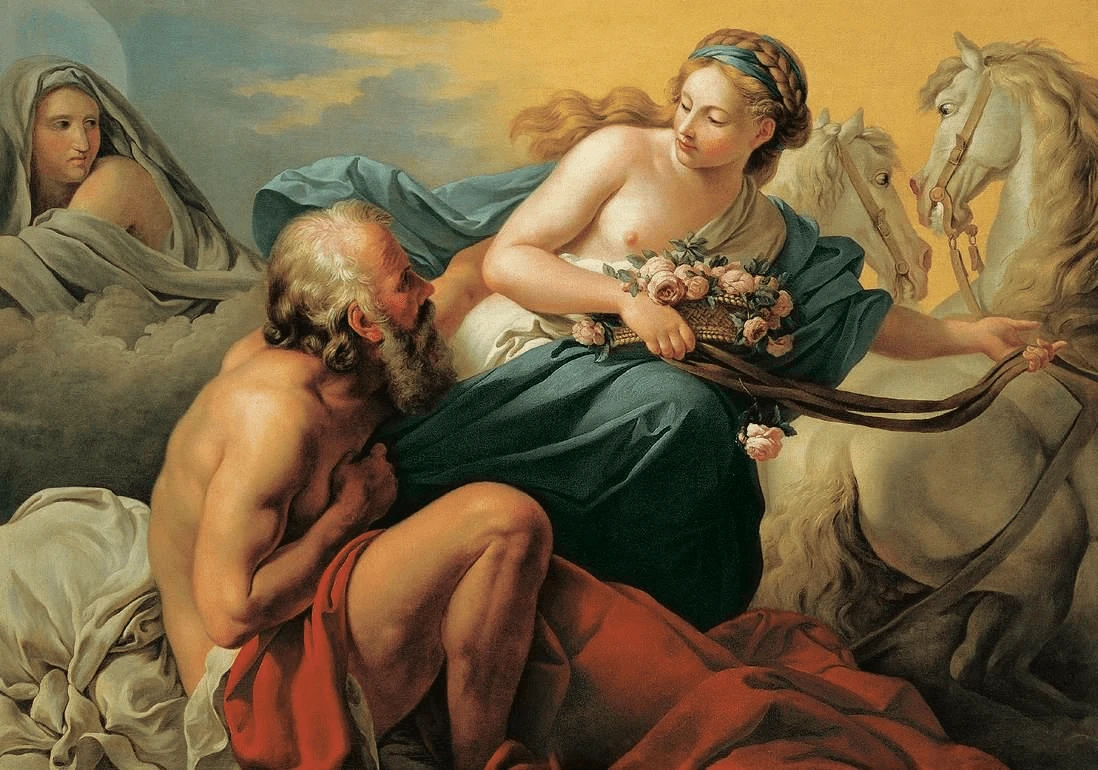
Source: Reflection and Choice
The Tragic Myth of Orion and Eos: A Tale of Love and Loss
The myth of Orion and Eos is a captivating story that explores the intricacies of desire, choice, and the enduring power of love. Orion, a mortal hunter renowned for his exceptional hunting prowess and magnetic presence (“Eos, Greek Goddess of the Dawn”), became the object of Eos’s fascination. Entranced by his striking beauty and consumed by an overwhelming infatuation that compelled her to pursue him relentlessly, she establishes a romantic bond with the mortal hunter.
However, the celestial sphere often intervenes in mortals’ affairs; in this case, Artemis, the goddess of the hunt and Orion’s protector emerged as a pivotal figure. She orchestrated a plan to safeguard him, arranging a situation where Eos unknowingly shot an arrow at Orion while swimming in the sea, resulting in his tragic demise. Grief-stricken by the loss of her beloved, Eos sought solace in Zeus, imploring him to honor Orion’s memory by placing him among the stars as a constellation (Miate). This tragic tale illustrates the power of love and the enduring nature of memory, even in the face of significant loss.
Influences of other religions/cultures on Eos
The multifaceted essence of Eos has transcended cultural boundaries, leading to her recognition and integration into diverse belief systems. In Roman mythology, Eos finds a counterpart in the goddess Aurora, seamlessly intertwining Greek and Roman interpretations of dawn (Wikipedia Contributors). This syncretic approach demonstrates Roman culture’s influence on Eos’s perception and significance, reflecting her ability to transcend conventional confines.
Aurora inherits Eos’s role as the harbinger of dawn in Roman mythology, embodying the same luminous qualities and captivating attributes (“Eos, Greek Goddess of the Dawn”). This blending of mythological identities highlights the shared reverence for the celestial phenomenon of dawn across cultures. The harmonious fusion of Eos and Aurora underscores this luminous figure’s enduring appeal and adaptability to varying cultural contexts (“Eos”).
The recognition of Eos in Roman mythology reimagined as Aurora showcases her capacity to transcend traditional boundaries and adapt to the evolving narratives of different cultures (4). Eos’s universal significance as a goddess of dawn is reaffirmed through this syncretism, attesting to the enduring allure and cross-cultural resonance of her luminous persona.
Modern appearances
The enduring influence of Eos can be observed in various mediums, from literature to technology. Her vibrant imagery and enchanting aura are sources of inspiration, encapsulating the essence of fresh beginnings and the promise of a new day (“Eos, Greek Goddess of the Dawn”). Artistic renditions often depict her delicate touch igniting the sky’s hues, forging a poignant connection to the beauty of the natural world.
Interestingly, the term “EOS” has a new connotation in technology, denoting the “end of sequence” in DNA sequencing (Wikipedia Contributors). This modern adaptation underscores her role as a symbol of transition, mirroring the cyclical rhythms of dawn that she personifies. The convergence of Eos’s presence in various mediums attests to her enduring relevance and capacity to transcend temporal boundaries.
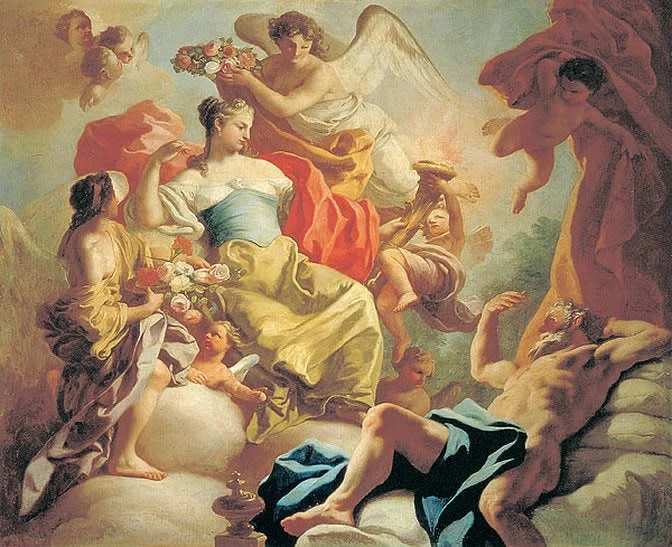
Greek Legends and Myths
Final thoughts
The goddess of dawn emerges as a complex embodiment of celestial forces and human emotions. Her legends interweave themes of love, devotion, and the cyclical rhythms of nature. Eos’s influence resonates across cultures and periods, from her origin story as a Titan’s daughter to her role in tales of undying love and passion. As her radiant fingers stretch across the heavens, Eos encapsulates the boundless beauty of new beginnings and the eternal dance of light and darkness. Her enduring allure serves as a poignant reminder of humanity’s connection to the cosmos and the profound impact of mythology on our understanding of the world.
References
“Eos.” Mythopedia, mythopedia.com/topics/eos.
“Eos, Greek Goddess of the Dawn.” Study.com, 2023, study.com/learn/lesson/eos-greek-goddess-dawn-mythology-facts-family.html.
Miate, Liana. “Eos.” World History Encyclopedia, www.worldhistory.org/Eos/.
Wikipedia Contributors. “Eos.” Wikipedia, Wikimedia Foundation, 29 Mar. 2019, en.wikipedia.org/wiki/Eos.
Did we miss something? Do you know another aspect of this legend? Don't hesitate to reach out!
Like this project
0
A client hired me to write several informative pieces on Greek Goddesses, and this blog post centers around the Goddess of Dawn, Eos.
Likes
0
Views
96
Tags
Ghostwriter
Blog Writer


